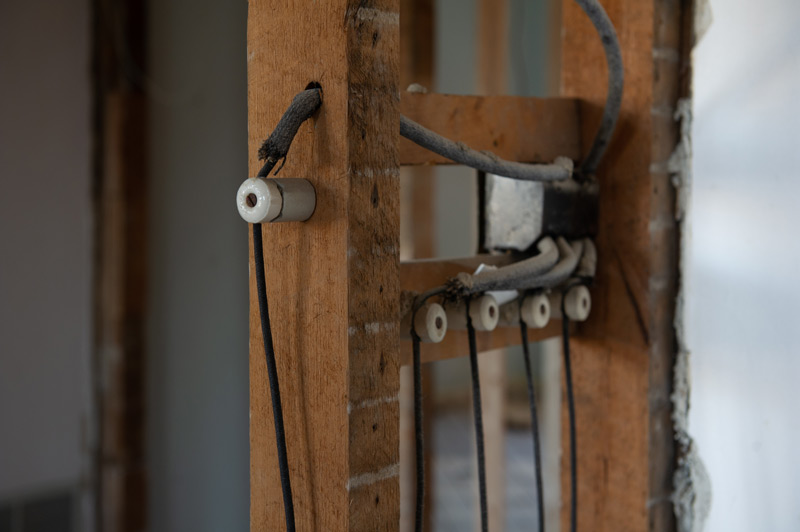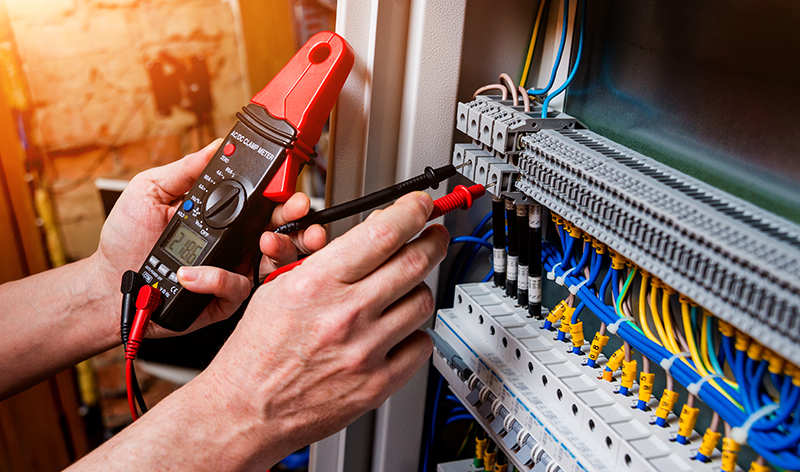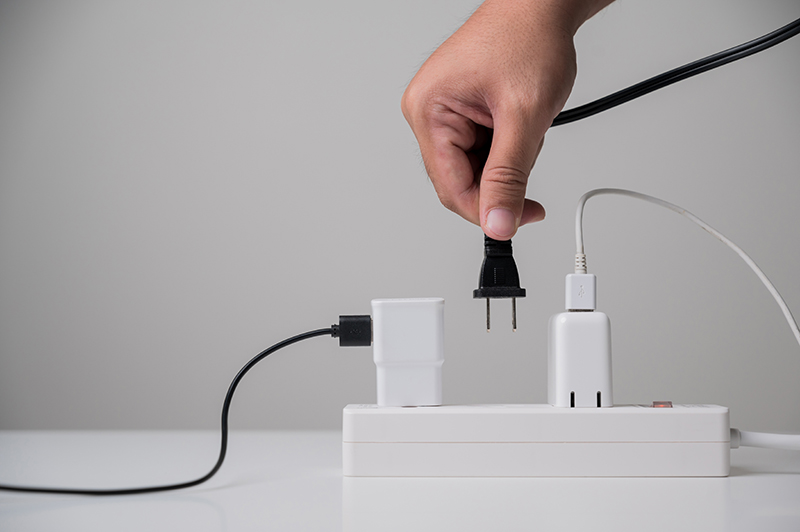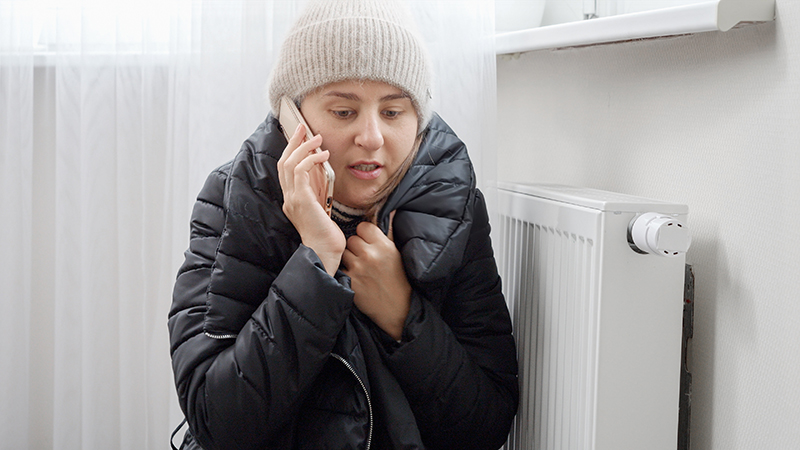The Hidden Dangers of Knob and Tube Wiring

Knob and tube wiring was a standard method of electrical wiring in homes between the 1880s and 1950s. It was a suitable electrical option at the time. Modern electrical demands and safety standards have rendered this type of wiring outdated. It has also become a dangerous type of electrical system. In this blog post, we will discuss the hidden dangers of knob and tube wiring and how to discover if your home has it. We also discuss how to replace it for a safer electrical system.
Dangers of Knob and Tube Wiring
Knob and tube wiring poses several risks to homeowners. One of the primary concerns with knob and tube wiring is that it lacks a grounding wire. Grounding provides an extra path for electrical current to flow to the ground. This is helpful in case of a short circuit or fault, reducing the risk of electrical shock and fires. Over time, the insulation in knob and tube wiring can become brittle and disintegrate. It leaves behind exposed wires that can lead to short circuits, fires, or electrical shock. Knob and tube wiring systems were there to handle the electronics of the time. It is not designed to handle the demands of modern appliances and electronics. As a result, circuits can become overloaded. This leads to overheating and potential fire hazards. In some cases, someone may have made improper modifications to knob and tube systems. They may have added new circuits without upgrading the system. This further increases the risk of electrical hazards.
How to Discover If Your Home Has Knob and Tube Wiring
Here are some steps you can take to determine if your home has knob and tube wiring. Knob and tube wiring is often visible in attics and basements. You can see it run through porcelain knobs and tubes. Look for wires wrapped in cloth insulation and supported by porcelain knobs. Older outlets and switches may be a sign of the presence of knob and tube wiring. Look for round, two-prong outlets without a grounding hole or toggle-style light switches. These could be a sign that you have knob and tube wiring. If you suspect your home has knob and tube wiring, consult with a licensed electrician. They can inspect your electrical system and provide a definitive answer.
Replacing Knob and Tube Wiring in Your Home
If your home has knob and tube wiring, it’s essential to have it replaced. You need to ensure the safety and functionality of your electrical system. Here are the steps to take when replacing knob and tube wiring:
1. Hire a Licensed Electrician
Replacing knob and tube wiring is a complex and dangerous job. It requires the skills and expertise of a licensed electrician. Hiring a professional ensures the work is safe and meets current electrical codes.
2. Get The Necessary Permits
Your electrician will need the required permits from your local building department. They must do this before beginning the replacement process. This ensures that the work is up to code. To further verify this, someone will come and inspect the work upon completion.
3. Plan the Replacement Process
The electrician will develop a plan for replacing the knob and tube wiring. They will identify the necessary upgrades to your electrical system. They will also determine the best and least invasive method for removing the old wiring.
4. Complete the Replacement
The electrician will remove the old knob and tube wiring. They will then install new wiring and electrical components. They will ground your new electrical system and ensure it meets safety standards.
Contact Us
Understanding the hidden dangers of knob and tube wiring is vital to your safety. Taking action to replace it can improve your home’s electrical system. With a licensed electrician, you can protect your home from electrical hazards. Cahill Heating, Cooling, Electric, Plumbing & Sewer, Air Conditioning, and Electric is here for you. Contact us if you need help replacing your knob and tube wiring.







